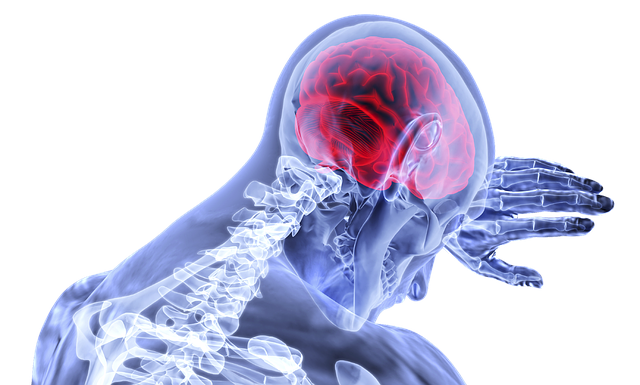In 2018, my blog focused primarily on anxiety. This year I am thinking more about movement and mental health. A good starting place is identifying the minimal metrics for movement and how achieving these metrics can support mental health.
So, I spent some time reviewing the most recent studies for exercise.
What is definitive?
Exercise reduces dementia and reduces all causes of death. For mental health in general, cognitive functioning exercises in studies don’t always show that it is helpful. They have not shown that they decline cognitive functioning. Ok. Exercise dose not always helps to be smarter. But for depression, the research is clear: exercise is an excellent therapy on its own and in conjunction with other therapies. Exercise increases neuroplasticity, improves how the autonomic and endocrine systems respond to stress, improves sleep, improves self-esteem, …the list goes on. So, we can definitely say now that exercise is good for both the brain and body.
How much movement do the studies say is needed?
When people exercise three times a week for 12 to 24 weeks, there is a dramatic reduction of depression, and if the exercise continues, there is a reduction in recurrence. That sounds great! And… those people were selected and paid to be in the studies.
Beyond the studies and in my office
When people can feel that movement improves how they feel, then it becomes a useful tool for treating energy and mental clarity in the moment. I believe that part of treating depression, mental health, pain, and other diseased states, is to provide people with tools that move them towards resilience moment to moment. If a person has a tool that can help them feel better now, today, or later today, we can build experiences that move us away from depression, fatigue, low self-esteem, anxiety, pain, or whatever their points of suffering are. Why does this work? When people can experience change that they are in control of, and learn the value of the process, they have a model of change that can then apply to other things in their life.
But how do you actually get someone who is depressed moving?
At my last PESI training in Richmond, VA, I posed this question to the group of around 90. I like to start with the smallest possible metric, in large part because it is doable. And since I am all about being able to feel what’s going on in the body, I first asked everyone to do an experiment. You, the reader, can do the same experiment now.
The Minimal Movement Experiment
1. Check-in and rate your energy level at this moment, using the scale below.



